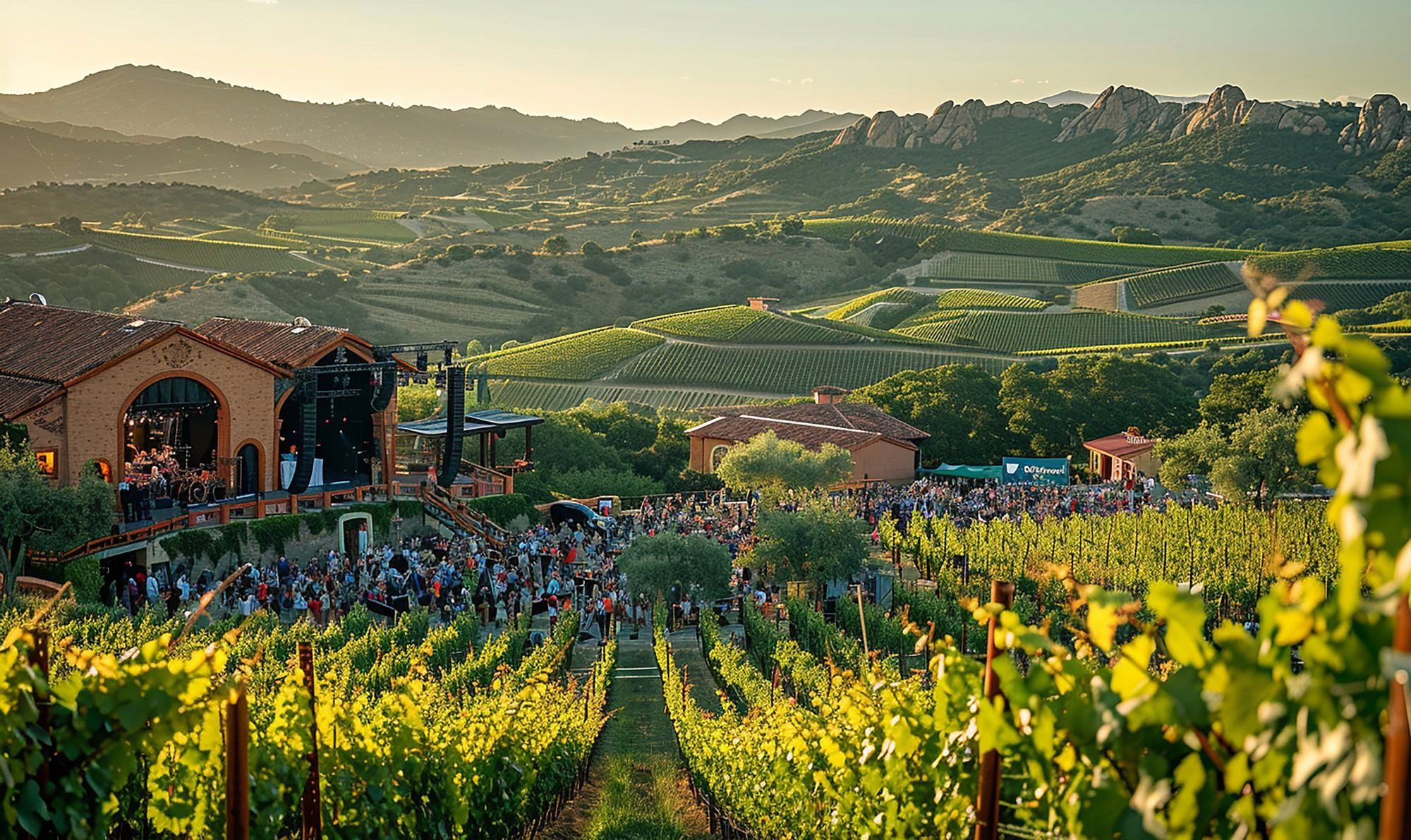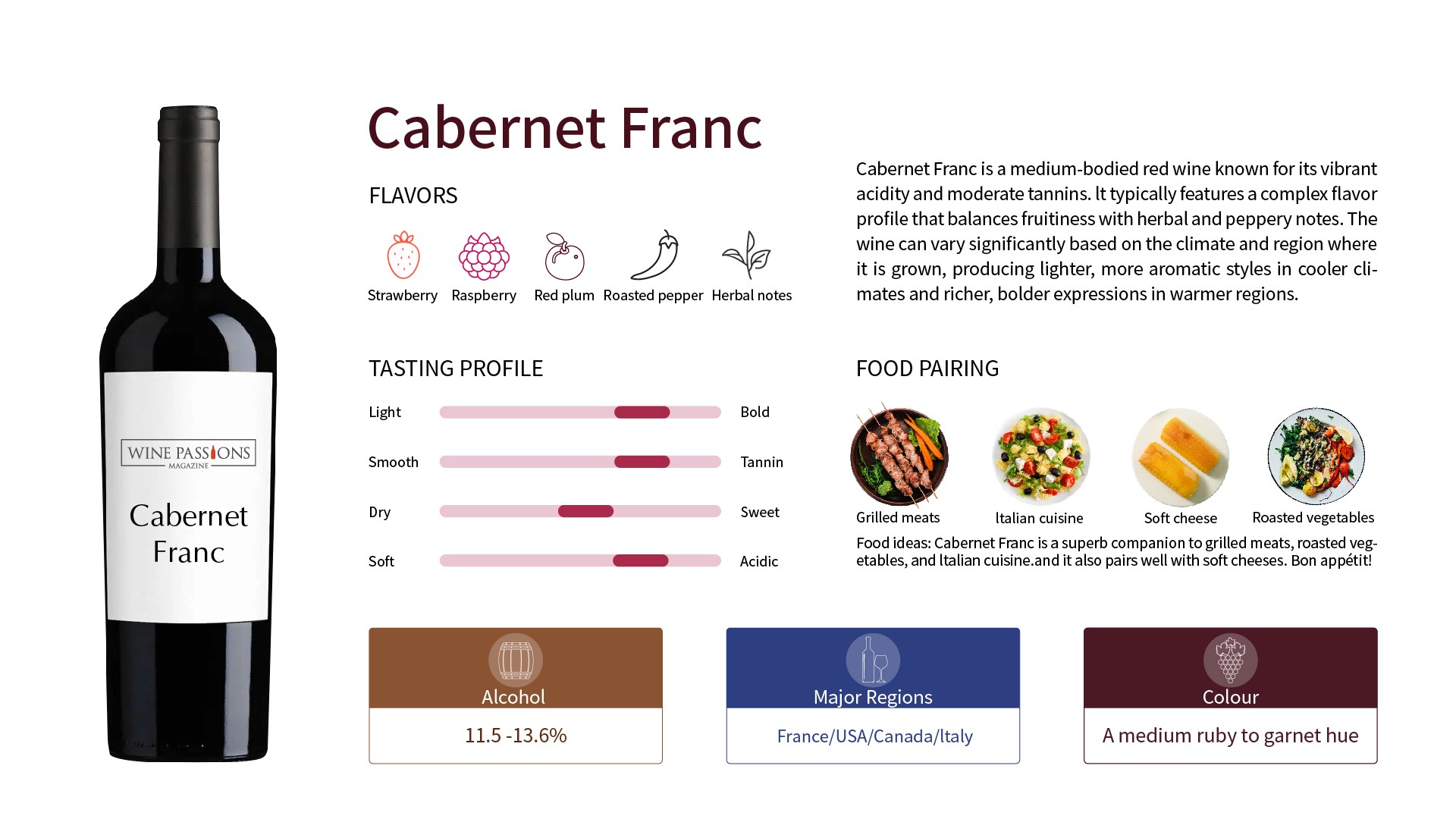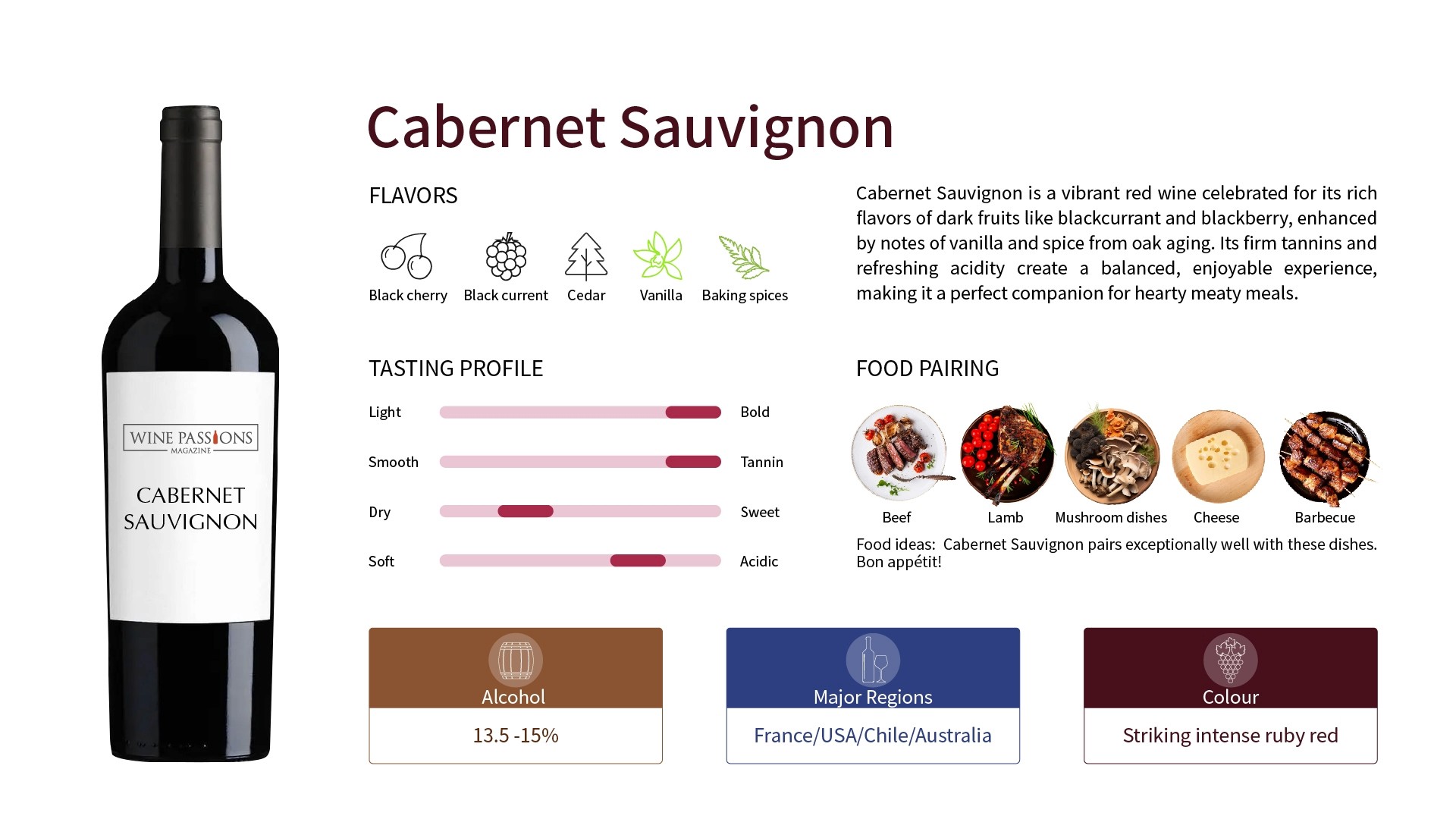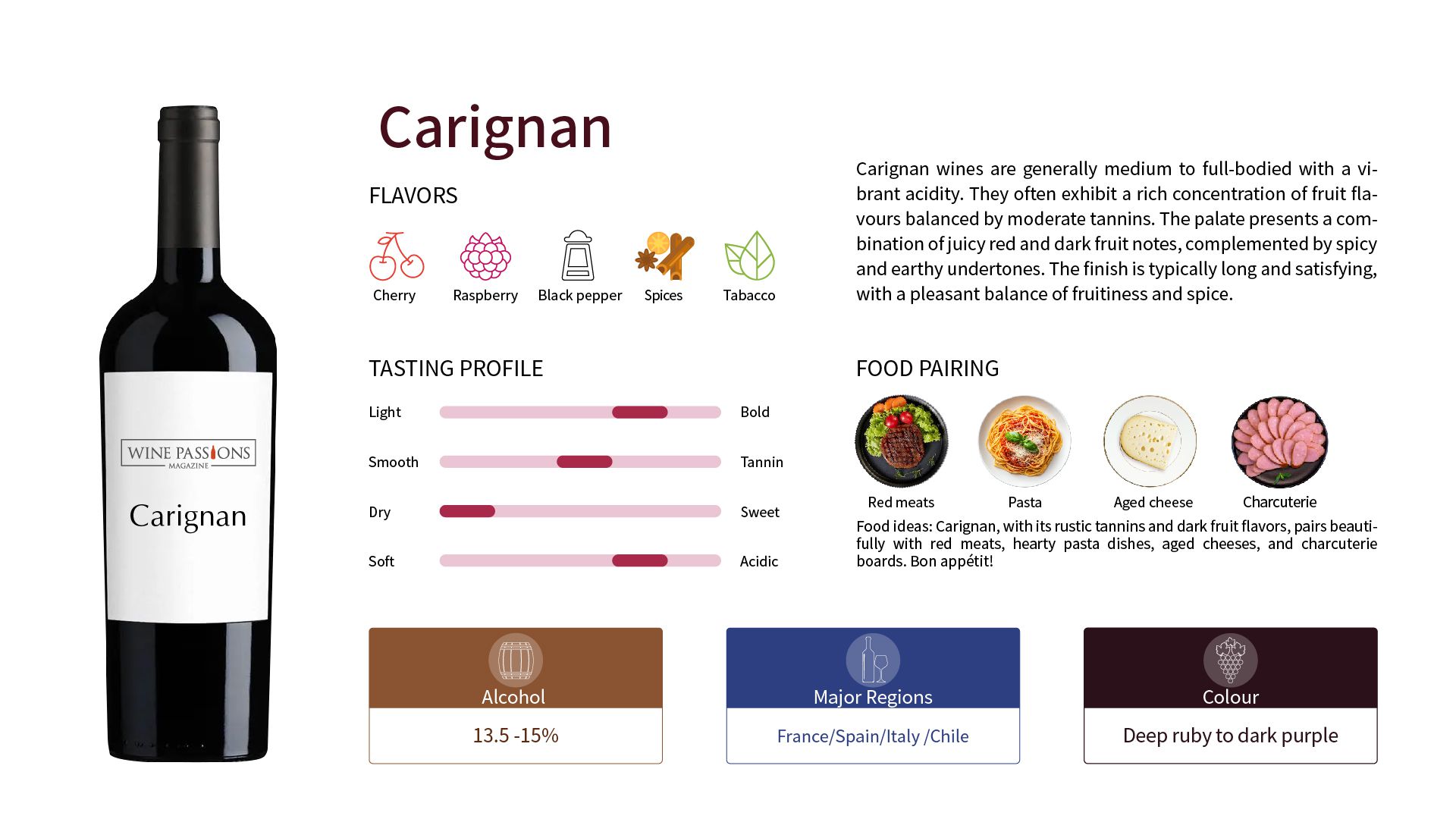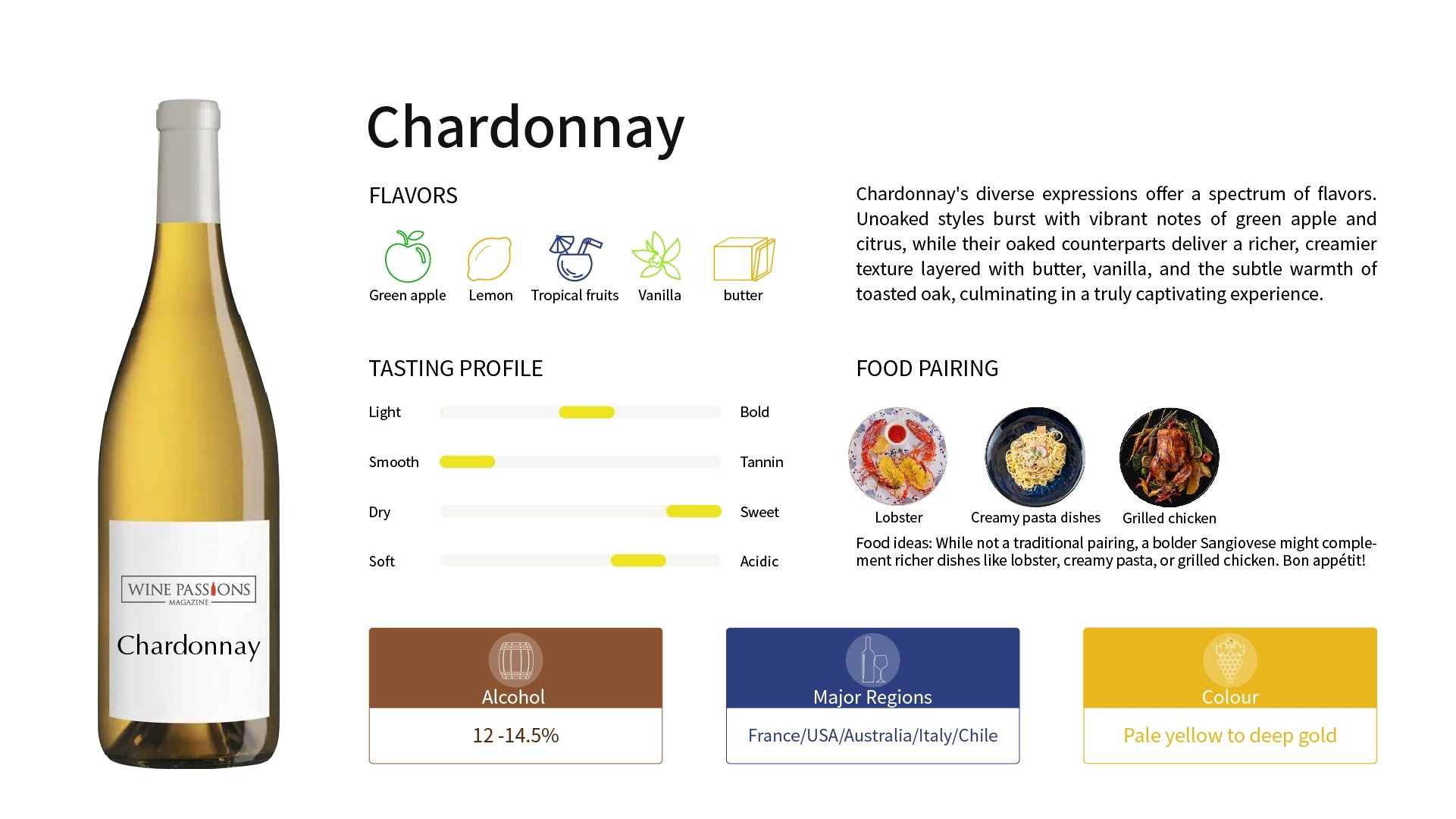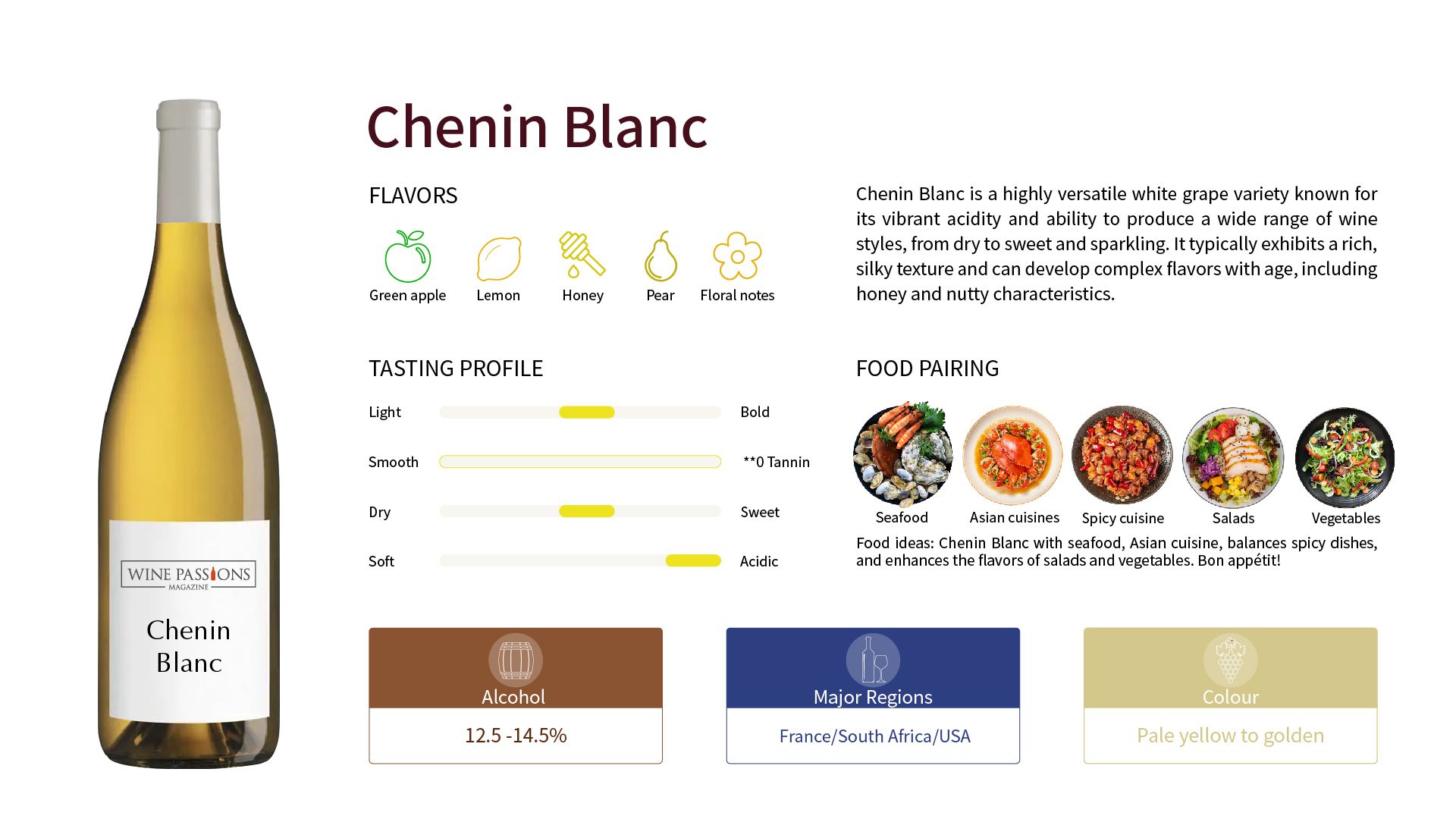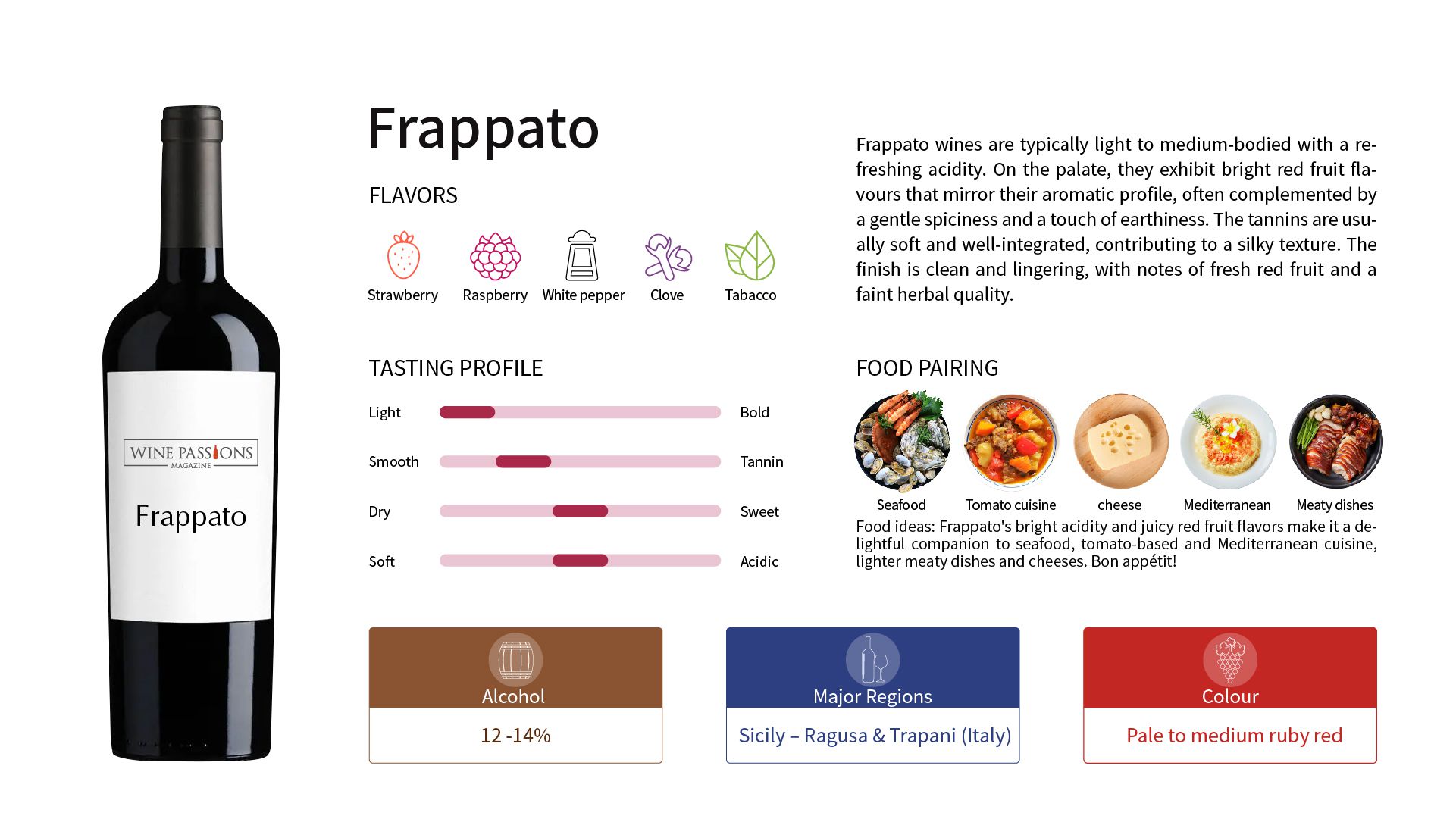Cabernet Franc
Background and Origins
Sangiovese has a long history, believed to date back to around 2000 BC, first cultivated by the Etruscans. There are two main theories about the origin of its name: one suggests it comes from "San Giovanni" (St. John), as the grape flowers in early June, coinciding with the celebration of St. John; the other theorizes it derives from "Sanguis Jovis," meaning "blood of Jupiter," named by a monk.
Over time, Sangiovese gradually became the dominant variety in the Tuscany region of Italy, expanding to other Italian regions such as Umbria and Marche from the late 19th century to the early 20th century. Today, it is a core variety in several world-class wines that embody the essence of Italy, such as Chianti, Brunello di Montalcino, and Vino Nobile di Montepulciano.
Reasons for the Popularity of Sangiovese
Unique Flavor Characteristics: Sangiovese wines typically showcase flavors of black cherry, tomato, plum, and dried herbs. Young Sangiovese often has fresh fruit aromas, making it very refreshing and palatable when consumed. With aging, the wine develops more complex aromas, such as coffee and vanilla, adding depth and layers to the wine.
Adaptability: Sangiovese can grow in different soil and climate conditions, but it performs best in well-drained limestone soils. This allows it to be cultivated throughout Italy, exhibiting various flavor characteristics.
Soil Requirements: Sangiovese has strong adaptability to soil but performs best in soils that are a mix of limestone and clay. These soils can provide good drainage and nutrients, allowing the grapes to reach optimal ripeness.
Climate Influence: This variety thrives in warm climates, but excessively high temperatures can lead to diluted flavors. In cooler or more variable climates, such as in certain Chianti regions, it may display higher acidity and fresh fruit aromas.
Aging Potential: Due to its high acidity and firm tannin structure, Sangiovese has good aging potential. Over time, the tannins in the wine become softer, and the flavors grow more complex.
Aging Process: Sangiovese aged in oak barrels typically gains additional flavors, such as vanilla, smokiness, and baked aromas. These flavors become more pronounced over time, making the wine increasingly alluring.
Aging Effects: As it ages, Sangiovese transitions from its initial fresh fruit aromas to more complex and layered flavors, making it a favored choice among collectors.
Culture and Food Pairing: Sangiovese is closely associated with Italian culinary culture, often paired with local dishes, such as tomato-based pasta, grilled meats, and aged cheeses, making it more popular in social settings.
Classic Pairing: Due to its high acidity and rich fruit aromas, Sangiovese is very suitable for pairing with tomato-based dishes such as pasta, pizza, and stews. Additionally, it pairs well with various meats (like grilled steak and lamb chops) and cheeses (like cheddar or blue cheese).
Social Settings: In Italian culture, enjoying a fine bottle of Sangiovese with family and friends over a meal has become a way of life. This makes it very popular at gatherings and celebrations.
Flavor Characteristics of Sangiovese
Sangiovese typically exhibits the following flavor characteristics:
Fruit Aromas: Mainly includes cherry, red plum, and raspberry, which make Sangiovese very popular in its youth.
Herbaceous and Spicy Notes: Common aromas include dried herbs, violets, and spices, adding complexity to the wine. Aged Sangiovese often presents concentrated dried fruit, tobacco, and leather notes.
Palate: The high acidity and firm tannin structure of Sangiovese give it a medium to full body, with a smooth palate that pairs well with various foods.
Main Production Areas of Sangiovese
Tuscany (Italy): This is the homeland of Sangiovese and the most important production area, including famous wines like Chianti, Brunello di Montalcino, and Vino Nobile di Montepulciano.
Umbria (Italy): This region is renowned for producing famous wines like Sagrantino di Montefalco and often blends with Sangiovese.
Marche (Italy): Here, quality red wines such as Rosso Conero, primarily featuring Sangiovese, can also be found.
Famous Sangiovese Red Wines
Brunello di Montalcino (made from 100% Sangiovese) (Italy)
Chianti Classico (Italy)
Vino Nobile di Montepulciano (Italy)
Morellino di Scansano (Italy)
Tasting Recommendations
Tasting temperature: 15-20°C
Tasting glass: universal glass
Decanting time: 30 minutes
Aging potential: 10+ years
Food Pairing
Italian dishes with (tomato sauce): such as tomato sauce pasta, pizza, etc.
Spicy dishes
Meat dishes: such as grilled steaks, lamb chops, etc.
Cheese: such as Cheddar or blue cheese, which pair well with Sangiovese.


